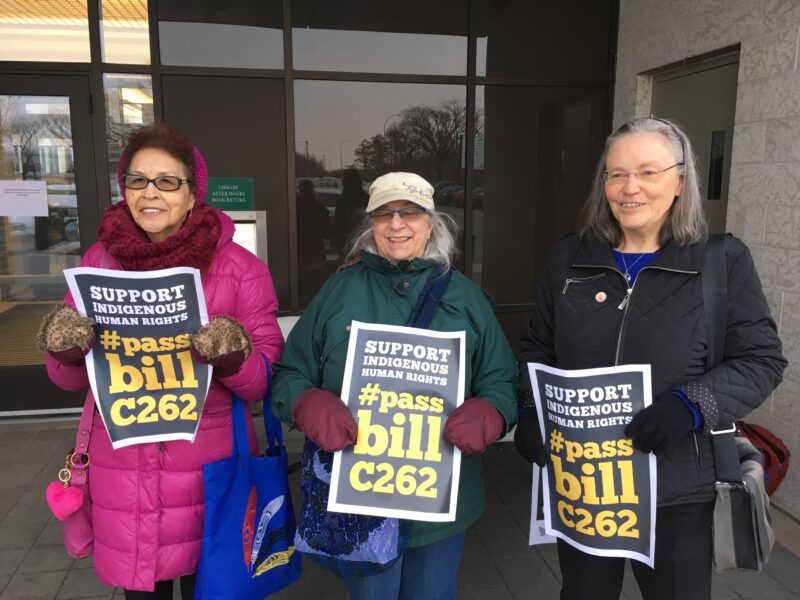Sometimes financial reparation is not an option and a more hands-on, practical, and tangible approach matches our capacity to share. Contributing our time and labor in acts of solidarity and support for Indigenous-led initiatives can be a form of sharing the gifts we have gained through living on Treaty land. Some of these benefits include the social capital, employment, education, and freedom that comes from not having to face the violence of ongoing colonization. This is what comes from being prioritized in a white supremacist and settler-colonial society. Sweat Equity is about drawing on these benefits (privileges) to stand in solidarity and work toward equity.
Rather than a list of places to volunteer, we want to offer an approach to showing up in solidarity with Indigenous peoples.
Things to Keep in Mind
Showing up to Indigenous-centered events for your own learning is important and valuable, though it is not the same as Sweat Equity as a form of reparation. Sweat Equity entails offering volunteer time, energy, or labor for tasks that might otherwise be done for compensation, thereby minimizing expenses for Indigenous initiatives and contributing a valuable and needed resource.
The desire to take a hands-on approach can also arise from a charitable motivation to “volunteer” our excess time to do what we think is important to accomplish. While we are certainly limited to doing only what is within our capacity and skillset, the idea of Sweat Equity challenges the doer to release their hold on the outcome, and to defer to Indigenous communities’ leadership on what needs to be done. Truly taking direction from Indigenous communities might challenge our notions of what is productive, useful, or necessary according to our cultural assumptions. It could also lead to encountering new and life-giving ways of being and doing.
There may be temptation to ask Indigenous peoples to teach us about the history of colonization. However, Indigenous peoples are busy addressing the legacies of this oppression. It is largely our job as Settlers and Newcomers to educate ourselves and each other about this history. This is important to do prior to, or in conjunction with, building relationships.
Relationships between Indigenous and Non-Indigenous Peoples
A significant benefit for Settlers taking time to show up in solidarity with Indigenous peoples is the possibility that genuine relationships can develop across difference. This takes time and likely won’t happen the first few times you ‘show up.’ While appreciation might be expressed in some form, there also might just be … silence. A possibly painful reminder that the harms committed have created broken relationships, causing distance, distrust, and damage. We often want to help Indigenous people with our money, to fix the situation with our skills, or to solve the problems with our knowledge. But such sentiments may reveal an unconscious form of paternalism that we need to heal from. One of the most important approaches that non-Indigenous people can take is to listen and take direction from Indigenous people. Over time, humility and commitment will lead to trust and hopefully even friendship.
We recognize that there are complex and varying dynamics between Indigenous peoples and Black or other People of Color that we as a group of mainly White Settlers are not in a position to speak to.
Helpful practices towards developing relationships include:
- Take a course in Indigenous awareness.
- Practice daily self-reflection.
- Initiate conversations within your own communities.
- Organize a study group on a book or resource.
- Follow Indigenous individuals and organizations on social media.
- Respond to Indigenous peoples’ calls to show up at protests, vigils, and other events.
- Accept invitations by Indigenous persons or organizations to attend a local gathering.
- Seek out and learn from other non-Indigenous allies.
Learning from Others
Links to examples of ways that others are doing this:

